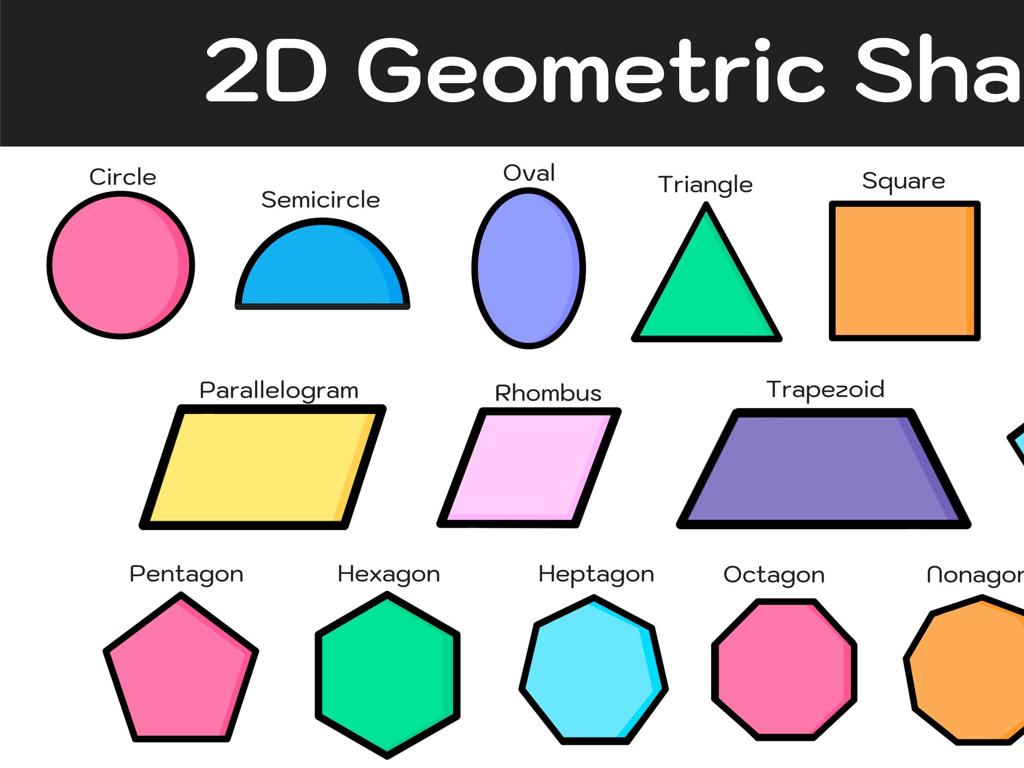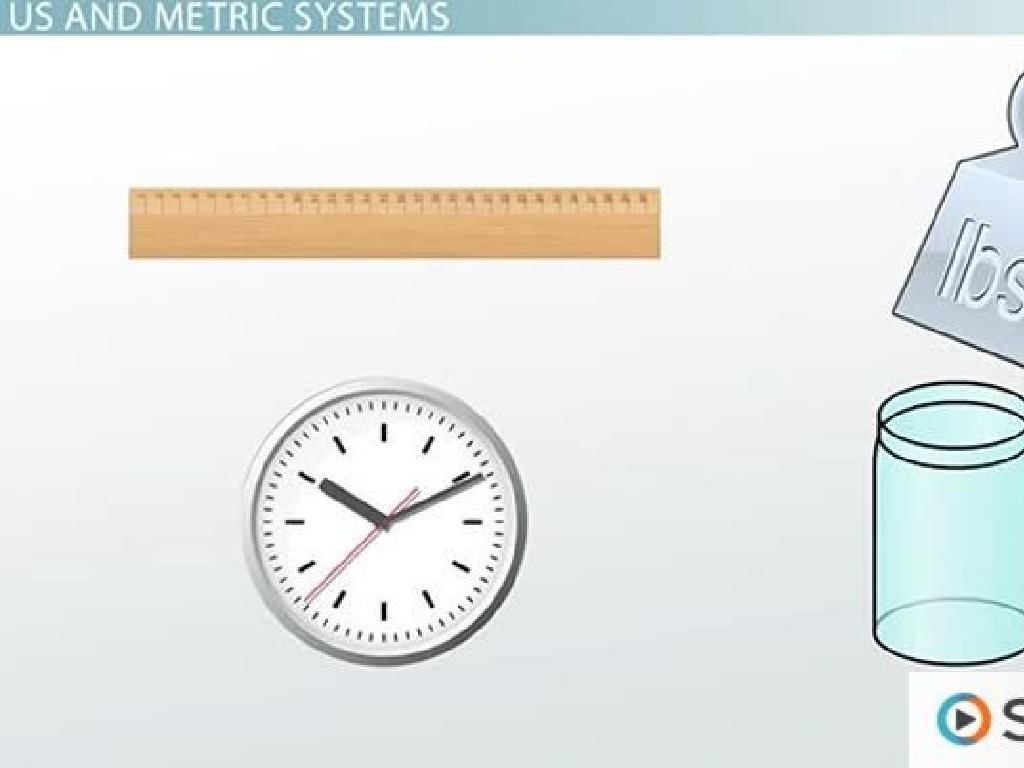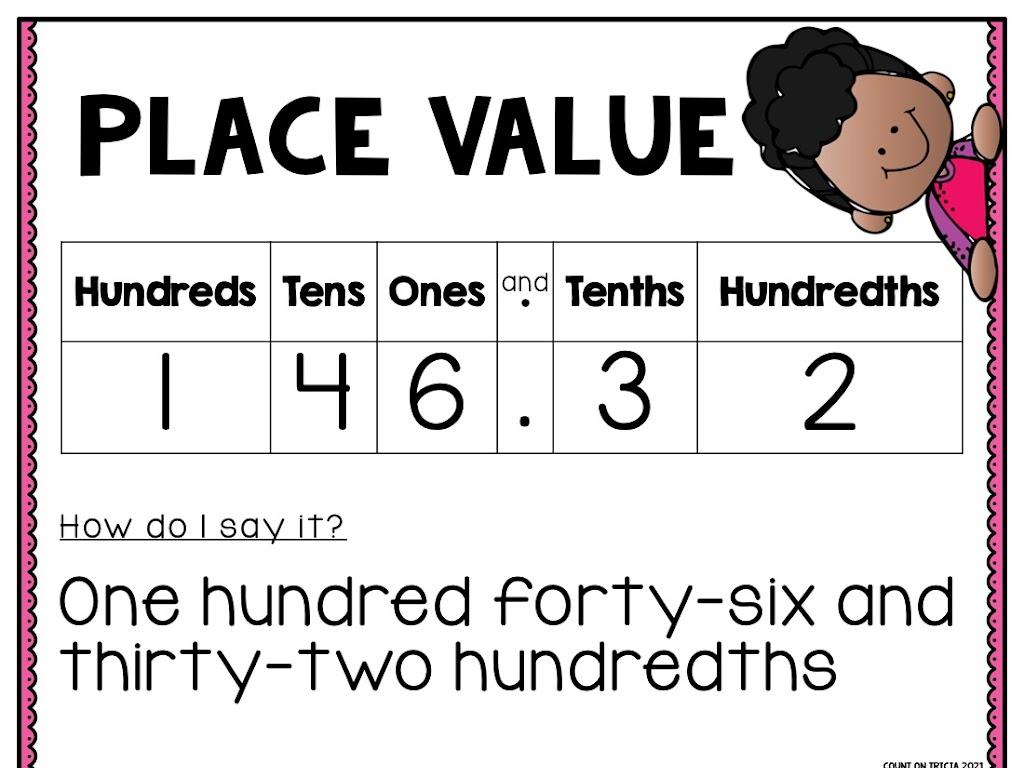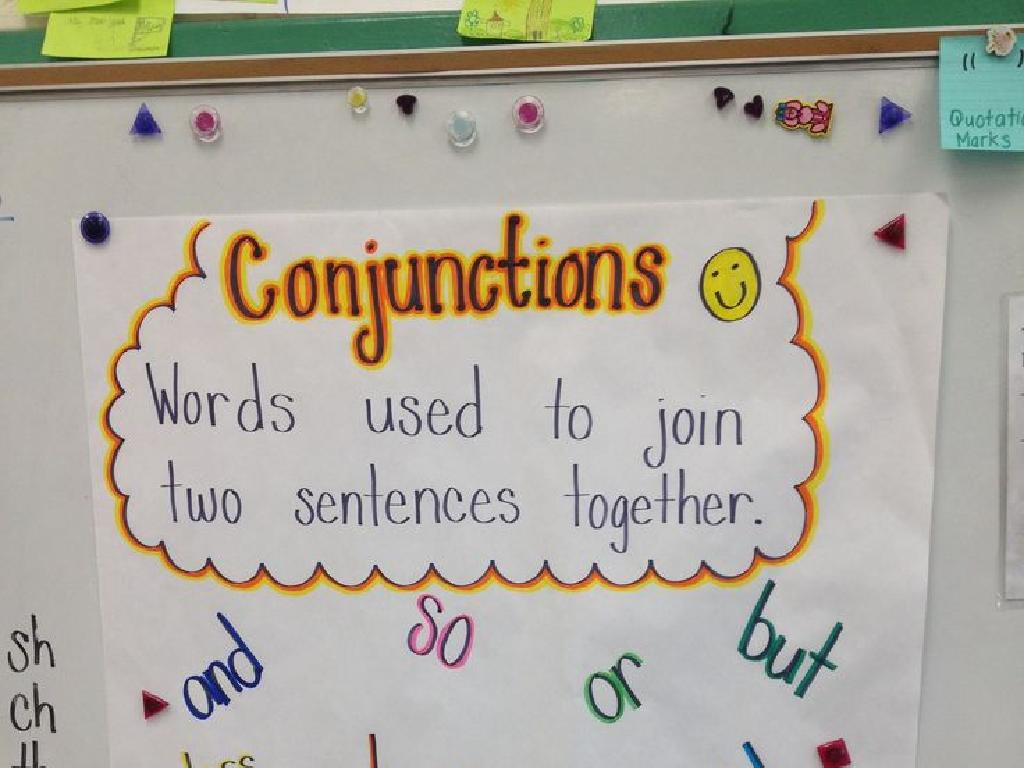Use The Perfect Verb Tenses
Subject: Language arts
Grade: Fifth grade
Topic: Verb Tense
Please LOG IN to download the presentation. Access is available to registered users only.
View More Content
Mastering Perfect Verb Tenses
– Welcome to Language Arts!
– Today’s focus: Verb Tenses
– Understanding Perfect Tenses
– Perfect tenses show completed actions. Examples: ‘has jumped’, ‘had slept’, ‘will have finished’.
– Using Perfect Tenses correctly
– We use them to talk about actions that are completed at a certain time in the past, present, or future.
|
Begin the class with a warm welcome and an introduction to the day’s topic: perfect verb tenses. Explain that understanding verb tenses is crucial for mastering the English language. Perfect tenses are used to indicate actions that are seen as completed within a specific time frame. Provide examples of each perfect tense: present perfect (has/have + past participle), past perfect (had + past participle), and future perfect (will have + past participle). Emphasize the importance of the time aspect in perfect tenses. Engage the class with examples and ask them to create sentences using each tense to ensure comprehension. This foundational knowledge will be built upon in subsequent lessons.
Exploring Perfect Verb Tenses
– Understanding verb tenses
– Verb tenses indicate the timing of an action.
– Three main tenses: past, present, future
– Past: happened before now, Present: happening now, Future: will happen later.
– Perfect form of each main tense
– Perfect tenses show a completed action at a specific time.
– Usage of perfect tenses
– We use perfect tenses for actions completed at a certain time in the past, present, or future.
|
This slide introduces the concept of verb tenses to the students, emphasizing the idea that tenses indicate when an action takes place. It’s crucial to explain that there are three primary tenses: past, present, and future, and each of these has a ‘perfect’ form, which is used to express actions that are completed at a specific time. Provide examples for each perfect tense: past perfect (I had walked), present perfect (I have walked), and future perfect (I will have walked). Encourage students to think of actions they have completed today as a way to relate to the present perfect tense. The slide sets the foundation for more in-depth exploration of each perfect tense in subsequent slides or activities.
Understanding Present Perfect Tense
– When to use present perfect tense
– For actions done before now but not when
– Structure: have/has + past participle
– ‘Have’ for I, you, we, they; ‘has’ for he, she, it
– Example: ‘I have eaten breakfast today.’
– Shows action completed at some point today
|
The present perfect tense is a bit tricky for fifth graders as it involves understanding the concept of time in relation to actions. Emphasize that this tense is used for actions that were completed at some time before now, but the exact time is not important or not specified. Explain the structure using ‘have’ or ‘has’ followed by the past participle form of the verb. Provide clear examples and practice sentences to illustrate the use of the present perfect tense. Encourage students to think of actions they have completed recently to create their own examples. This will help them grasp the concept through personal connection.
Understanding Past Perfect Tense
– When to use past perfect tense
– Discuss actions completed before others in the past
– Structure: had + past participle
– Example of past perfect tense
– ‘She had finished her homework before dinner.’
– Practice forming past perfect
– Create sentences using past perfect tense
|
The past perfect tense is used to describe an action that was completed before another action in the past. It is formed with ‘had’ followed by the past participle of the verb. For example, in the sentence ‘She had finished her homework before dinner,’ the action of finishing homework was completed before the action of having dinner. Encourage students to think of events in their lives to create sentences using the past perfect tense. Provide additional examples and practice exercises to reinforce the concept. This will help students understand the sequence of events and the use of the past perfect tense in writing and speaking.
Understanding Future Perfect Tense
– When to use future perfect tense
– It’s for actions finished before a future moment
– Structure: will have + past participle
– ‘will have’ signals future; past participle completes action
– Example: ‘They will have arrived by 8 PM.’
– Shows action ‘arrived’ is done before a future time, 8 PM
|
The future perfect tense is used to discuss actions that will be completed before a certain point in the future. It’s a way to talk about the future in the past tense. When teaching this, emphasize the time aspect by showing that the action is not just happening in the future, but will be finished by a certain future time. Use the example ‘They will have arrived by 8 PM’ to illustrate how the action of arriving is completed before the time mentioned. Encourage students to create their own sentences using the future perfect tense, focusing on the structure and the use of time-specific phrases.
Practice with Perfect Tenses
– Form sentences with perfect tenses
– Consider the action’s timing
– Use ‘has’ or ‘have’ for present perfect
– ‘She has finished her homework.’ – action completed recently
– ‘Had’ for past perfect, ‘will have’ for future perfect
– ‘They had left before it rained.’ and ‘She will have arrived by now.’
|
This slide is aimed at helping students practice the formation of sentences using the perfect tenses. It’s crucial to emphasize the importance of time in determining which tense to use. Present perfect tense is used for actions that were completed at some point in the past but are relevant to the present, and it’s formed with ‘has’ or ‘have’. Past perfect tense is used for actions completed before another action in the past, using ‘had’. Future perfect tense is used for actions that will be completed before a specified time in the future, using ‘will have’. Provide examples and encourage students to create their own sentences using each of the perfect tenses. This will help solidify their understanding of the concept.
Perfect Tenses in Literature
– Identify perfect tenses in a book passage
– Look for ‘has’, ‘have’, or ‘had’ followed by a past participle
– Understand why authors use perfect tense
– Perfect tense shows completed action or condition
– Examples of perfect tense in sentences
– ‘She has visited the museum.’ – action completed in the past
– Practice finding and using perfect tenses
– Find perfect tense verbs in your favorite book for practice
|
This slide aims to help students recognize and understand the use of perfect tenses in literature. Start by explaining that perfect tenses often indicate actions that are completed at the time of speaking or have an impact on the present. Use examples from familiar books to illustrate how authors use perfect tenses to convey a sense of time and completion. Encourage students to look for auxiliary verbs like ‘has’, ‘have’, or ‘had’ followed by past participles in texts. Discuss the effect of perfect tense on the reader’s understanding of the timeline of events. Provide practice exercises where students can identify and use perfect tenses in sentences, enhancing their grasp of the concept.
Class Activity: Perfect Tense Scavenger Hunt
– Search for perfect tenses in print
– Create original perfect tense sentences
– Use past, present, and future perfect tenses
– Three sentences for each tense
– Share and discuss your findings
– Explain your choices to the class
|
This activity is designed to help students recognize and use perfect tenses in a fun and interactive way. Provide a variety of magazines and books for students to look through. They should find examples of past perfect (I had walked), present perfect (I have walked), and future perfect (I will have walked) tenses. Afterward, they will create three original sentences for each tense, ensuring they understand how to form and use each one. Encourage creativity in their sentence formation. Once completed, students will share their sentences with the class, fostering a discussion about the use of perfect tenses and allowing for peer learning. This activity will reinforce their understanding of verb tenses in a practical context.
Perfect Tenses: Conclusion & Homework
– Review perfect tense importance
– Homework: Write a short story
– Incorporate past, present, future perfect
– Use all three perfect tenses
– Show completed actions at different times
– Share your story next class
|
As we wrap up our lesson on perfect tenses, it’s crucial for students to understand why choosing the correct tense matters in writing. For homework, students will write a short story that includes past perfect (to describe actions that were completed before other past actions), present perfect (for actions that started in the past and continue to the present or were completed at an unspecified time before now), and future perfect (to describe actions that will be completed before a specific time in the future). This exercise will help them apply what they’ve learned in a creative context. In the next class, students will have the opportunity to share their stories and discuss the use of perfect tenses in their writing. Provide examples to illustrate each perfect tense and encourage creativity in their storytelling.






